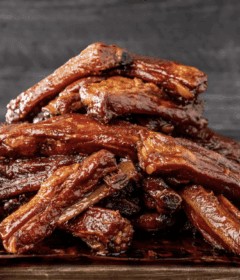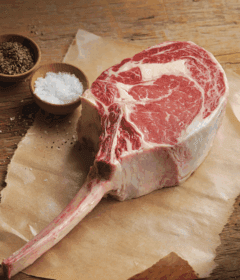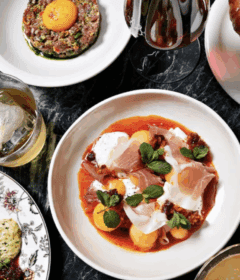Most Popular Pasta Noodles
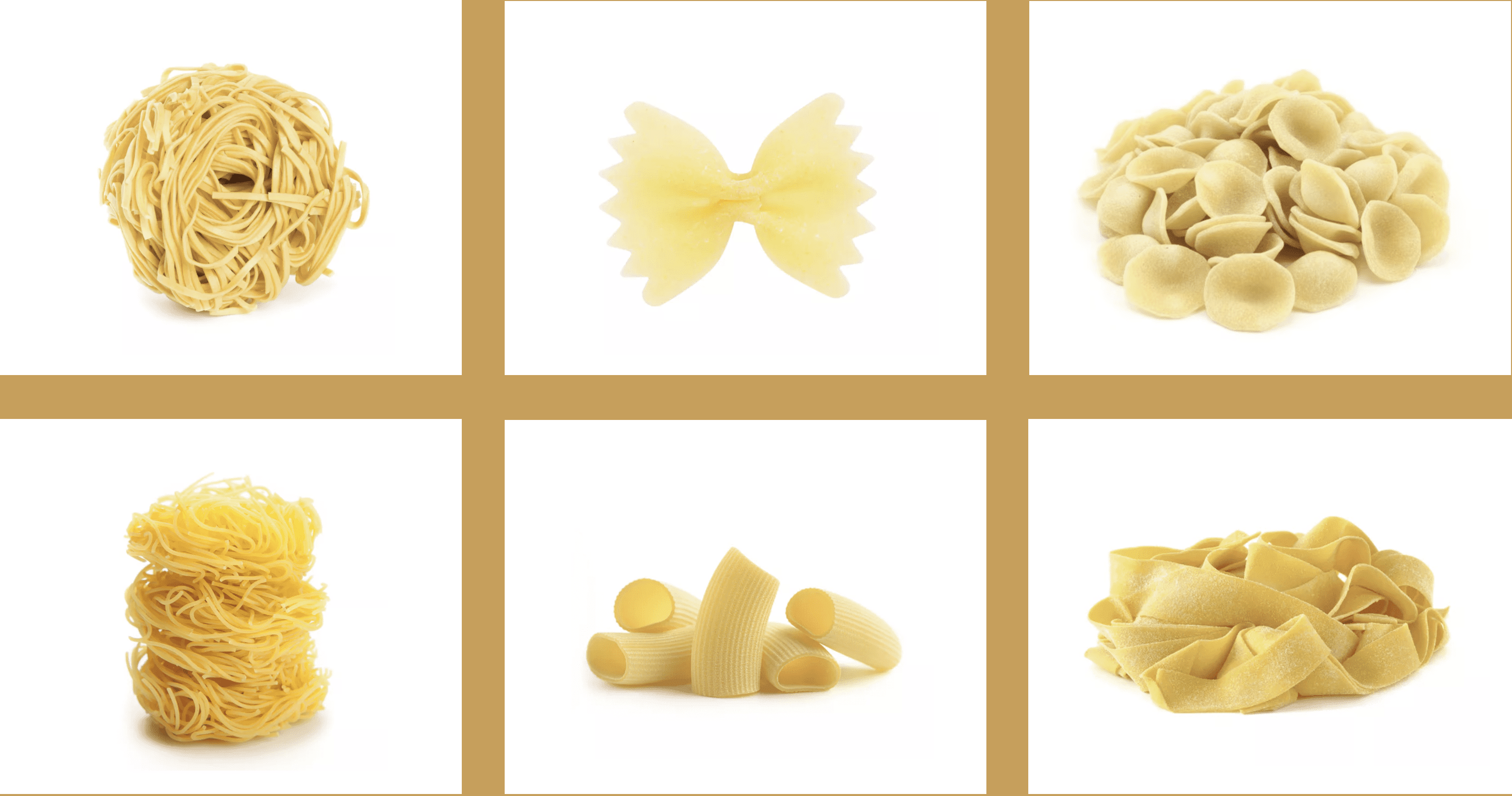
Most Popular Pasta Noodles – Every pasta lover and Italian food fanatic knows that picking the right pasta can elevate a good pasta recipe into a great pasta dish.
There’s a reason restaurants keep many types of pasta in stock: They know there’s a perfect noodle for every sauce or dish.
Below are noodle types—with images, cooking times, best uses, and sauce pairings—so you can pair your perfect pasta with a dish that makes it shine.
Pasta is a type of food typically made from an unleavened dough of wheat flour mixed with water or eggs, and formed into sheets or other shapes, then cooked by boiling or baking.
Pasta was traditionally only made with durum, although the definition has been expanded to include alternatives for a gluten-free diet, such as rice flour, or legumes such as beans or lentils.
While Asian noodles are believed to have originated in China, pasta is believed to have independently originated in Italy and is a staple food of Italian cuisine, with evidence of Etruscans making pasta as early as 400 BCE in Italy.
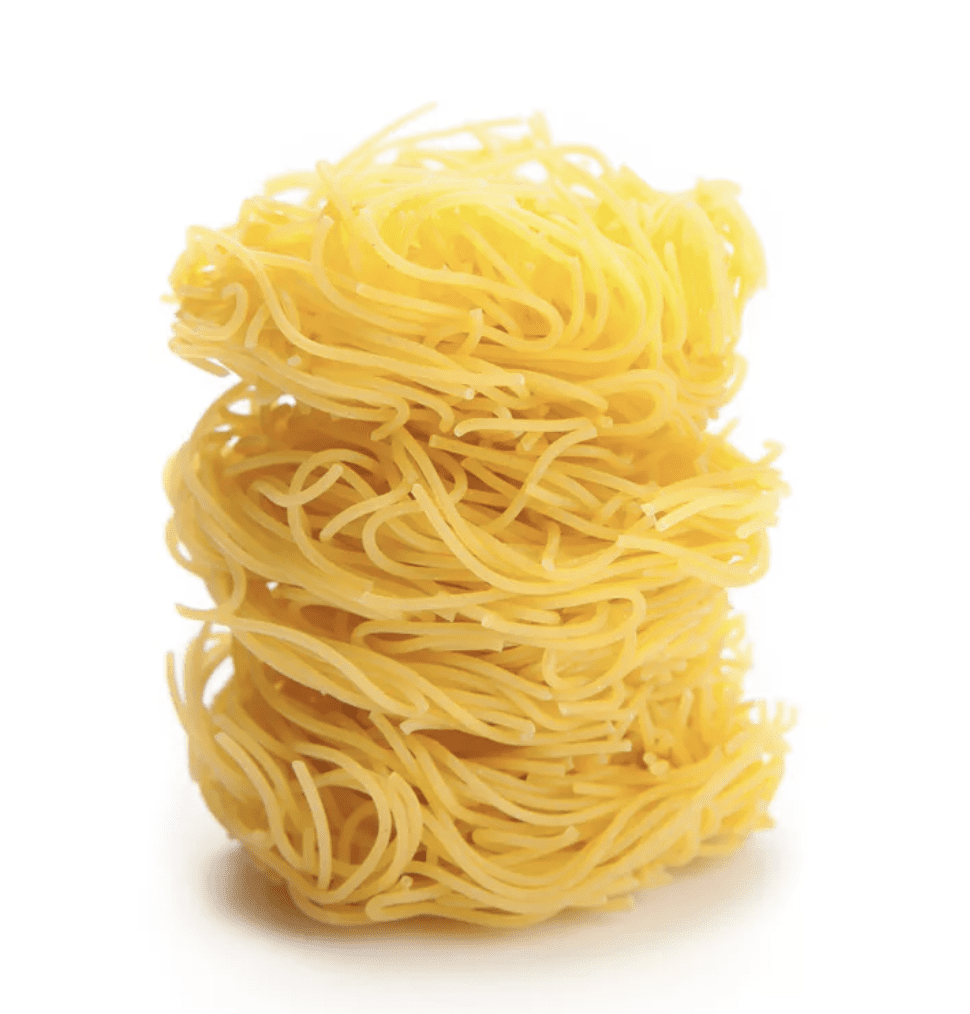
Most Popular Pasta Noodles – Angel Hair and Capellini
The Italian “capellini” means “little hairs,” an apt description for these long, thin, delicate strands.
Angel hair pasta, or Capelli d’angelo, is even thinner and often sold in a nest-like shape.
Cooking time for Angel Hair and Capellini: 3 to 5 minutes
Angel Hair and Capellini is Best for: Tossing with sauce
Ideal sauces for Angel Hair and Capellini: Light tomato, olive oil, cream, butter, seafood
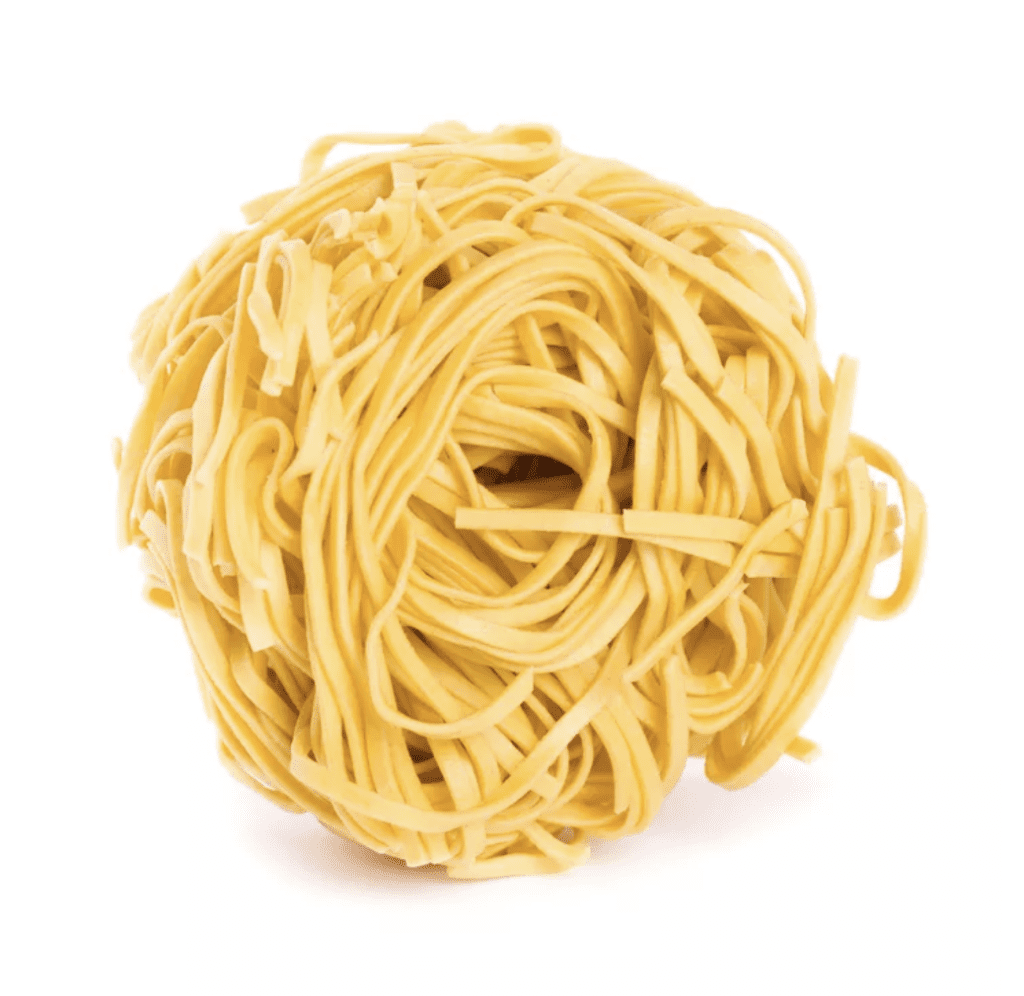
Fettuccine
These spaghetti-length noodles, sometimes made with eggs, are flat and about ¼-inch wide.
Fettuccini, a term that translates to “little ribbons,” is often compared to tagliatelle, which is a bit wider and always made using eggs.
Cooking time for Fettuccine: 10 to 12 minutes
Fettuccine is Best for: Tossing with sauce
Ideal sauces for Fettuccine: Meat, cream, cheese
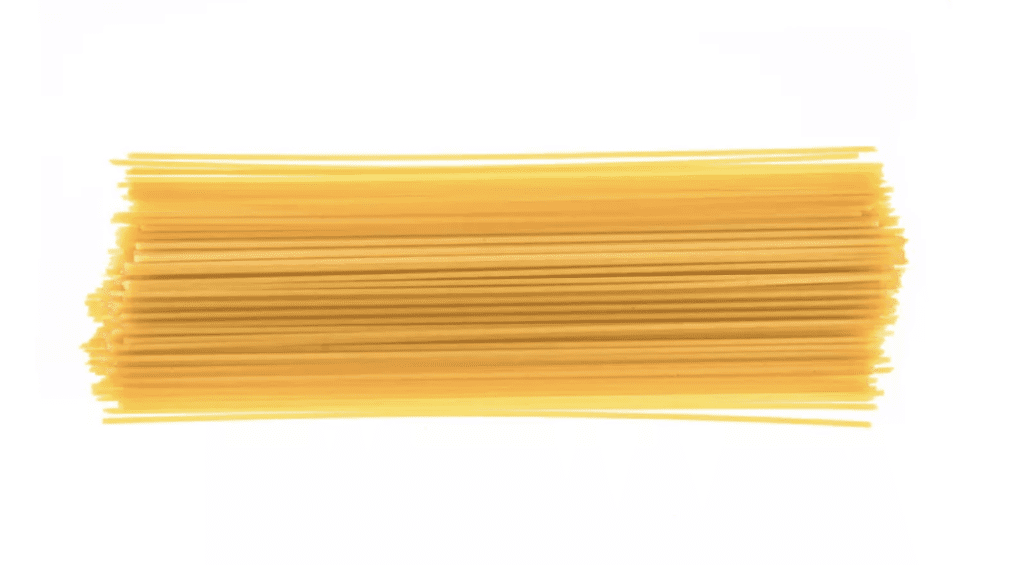
Most Popular Pasta Noodles – Spaghetti
For many of us, spaghetti was our introduction to pasta.
These entry-level noodles are thin, round strands about 10 inches long.
This type of pasta is not to be confused with spaghetti squash, which is a vegetable; spaghetti code, which means badly written code; or spaghetti westerns, which are a type of movie made in Europe, usually with an Italian director.
Cooking time for Spaghetti: 9 to 11 minutes
Spaghetti is Best for: Tossing with sauce
Ideal sauces: for Spaghetti Tomato, pesto, meat, seafood
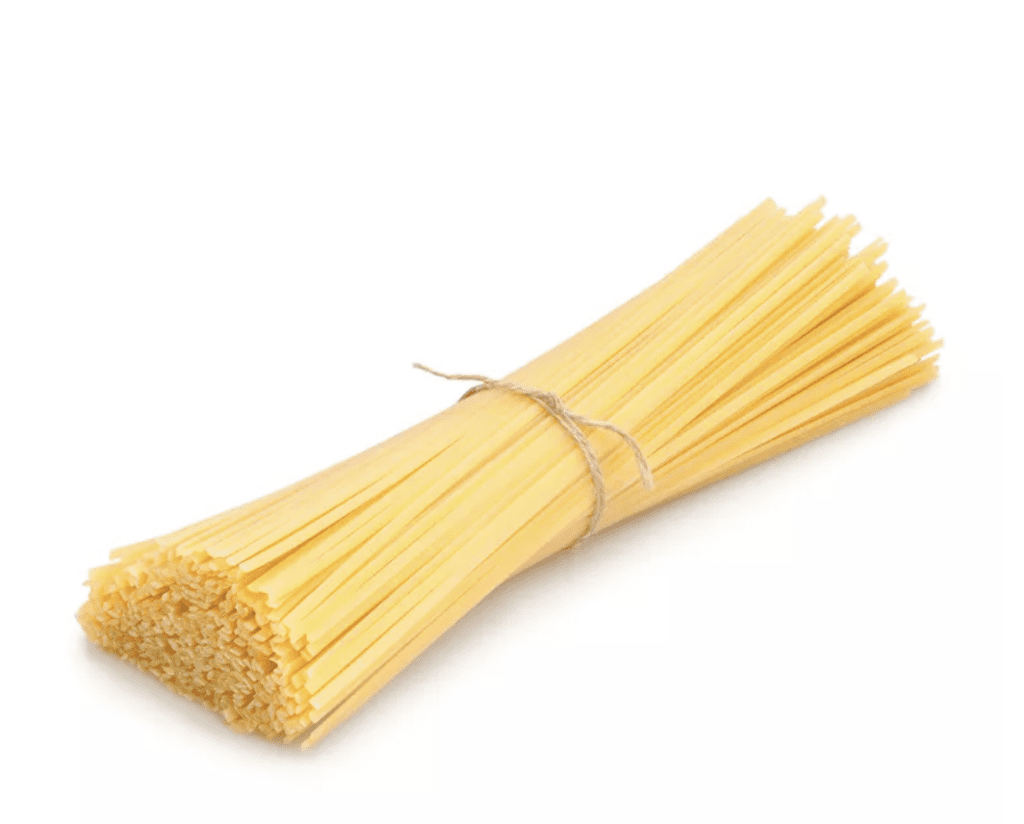
Linguine
These spaghetti-like noodles are flat, like fettuccini, but half as wide: about ⅛-inch.
Its Italian name means “little tongues.”
Cooking time for Linguine: 10 to 12 minutes
Linguine is Best for: Tossing with sauce
Ideal sauces for Linguine: Tomato, pesto, olive oil, seafood
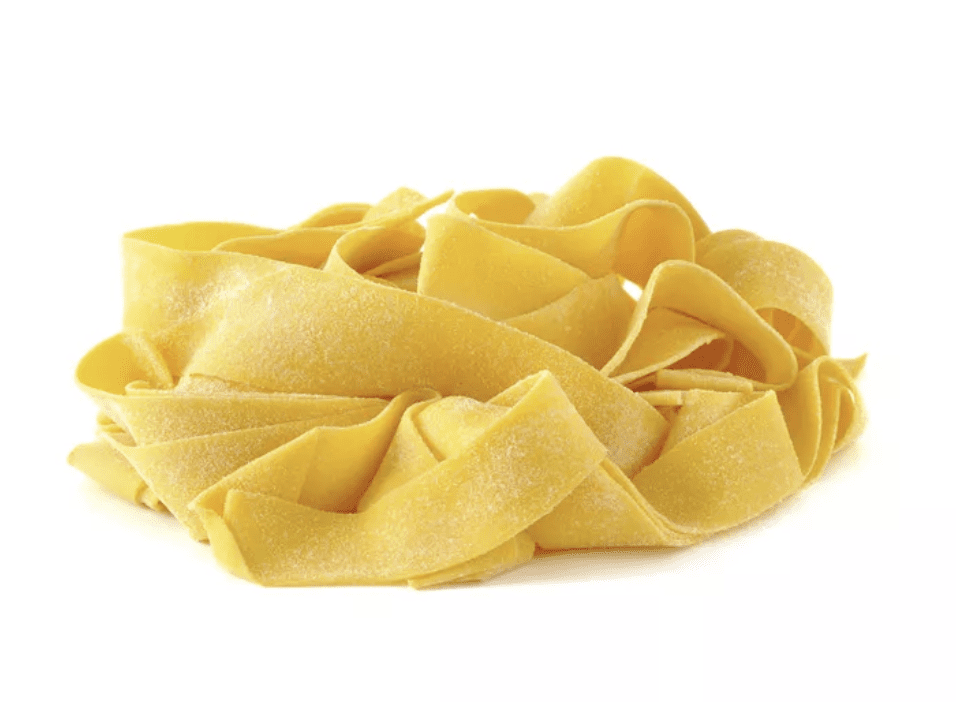
Most Popular Pasta Noodles – Parpadelle
Pappardelle (pronounced pap-par-DAY-lay) are long, flat egg noodles about ⅝-inch wide.
Their name translates to “gulp down,” perhaps referencing its delicious nature or the less than dignified way it’s consumed.
Cooking time: for Parpadelle 7 to 10 minutes
Parpadelle is Best for: Tossing with sauce
Ideal sauces for Parpadelle: Tomato, meat, vegetable
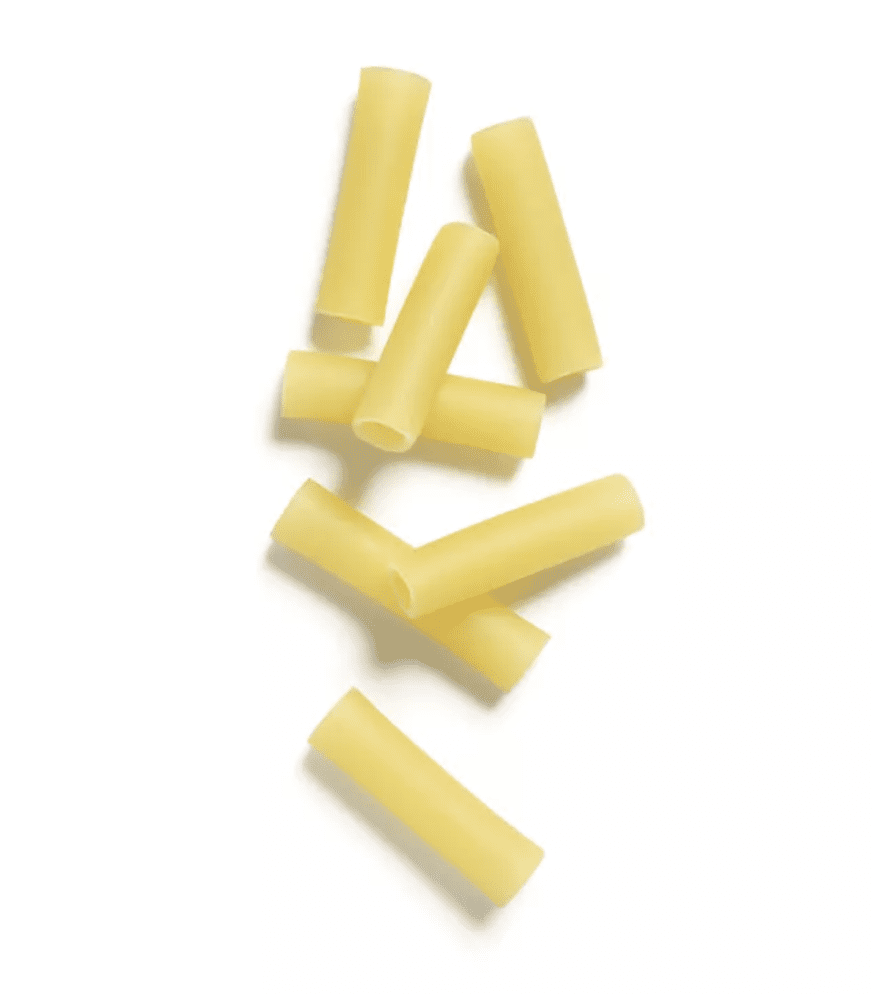
Ziti
Ziti noodles are medium-width tubes (just a bit wider than a drinking straw), at least 2 inches long, and almost always have smooth sides.
When compared with penne, ziti have squared-off ends (as opposed to penne’s angled cuts) and are generally larger.
The word “ziti” means “bride” or “bridegroom,” referring to this pasta’s popularity in baked dishes served at Sicilian weddings.
Cooking time for Ziti: 10 to 12 minutes
Ziti is Best for: Baked dishes
Ideal sauces for Ziti: Light tomato, olive oil, cream, cheese
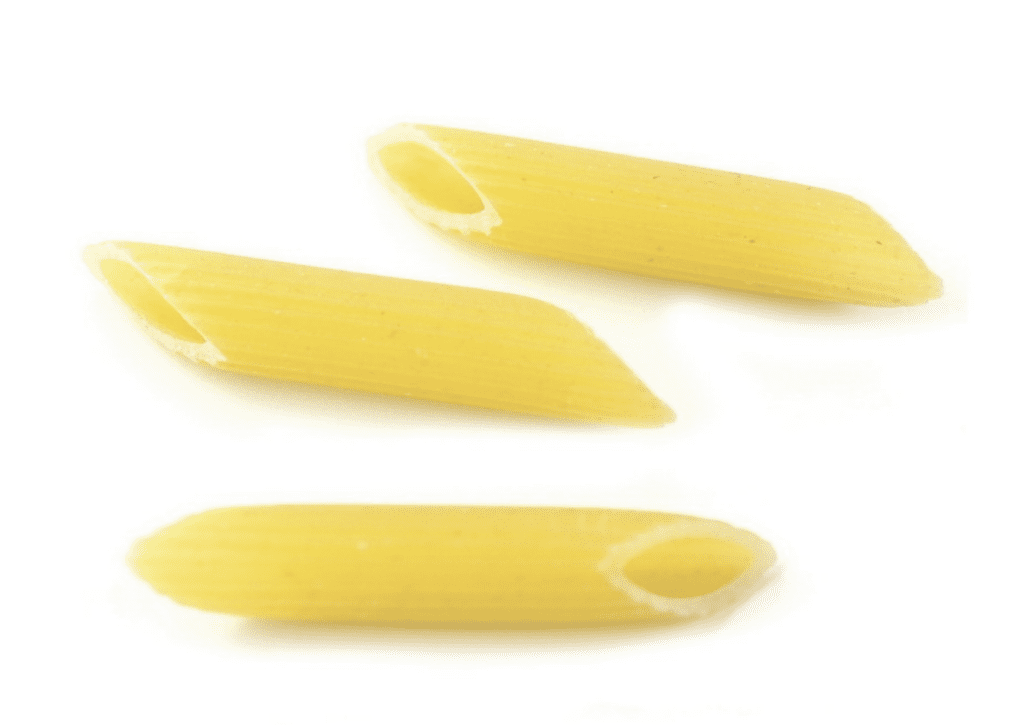
Most Popular Pasta Noodles – Penne
Penne are small 2- to 4-inch-long tubes, about the size of a pinkie finger. Cut on the diagonal, some have ridges (and some don’t).
Penne is Italian for “pen,” a reference to the angled ends of the tube that resemble the tip of a quill pen.
Cooking time for Penne: 10 to 12 minutes
Penne is Best for: Tossing with sauce
Ideal sauces for: Chunky tomato, meat, vegetable, cream
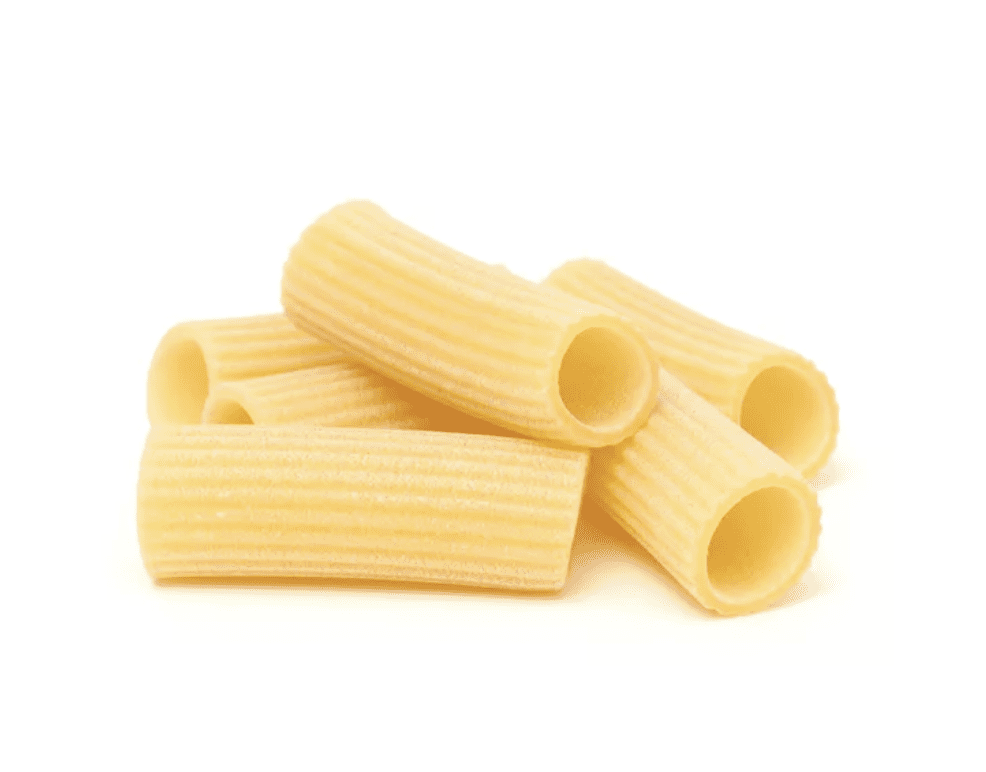
Rigatoni
These tubular, ridged noodles are about 1½-inches long with a ¾-inch diameter. Their name translates to “large grooves” or “large stripes.”
Cooking time for Rigatoni: 11 to 13 minutes
Rigatoni is Best for: Tossing with sauce, baked dishes
Ideal sauces for Rigatoni: Chunky meat or vegetable, cream, cheese

Most Popular Pasta Noodles – Paccheri
Paccheri (pronounced PAH-ker-ee) is a large, tubular type of pasta. Its root, “pacca,” means “pat” or “slap,” referring to the sound the pasta makes when it’s tossed with sauce.
These noodles are commonly stuffed with ricotta (or other fillings) and then baked.
Cooking time for Paccheri: 7 to 10 minutes.
Paccheri is Best for: Rich, heavier sauces or seafood
Ideal sauces for: Tomato and oil-based sauces, which coat the sides in a slick layer
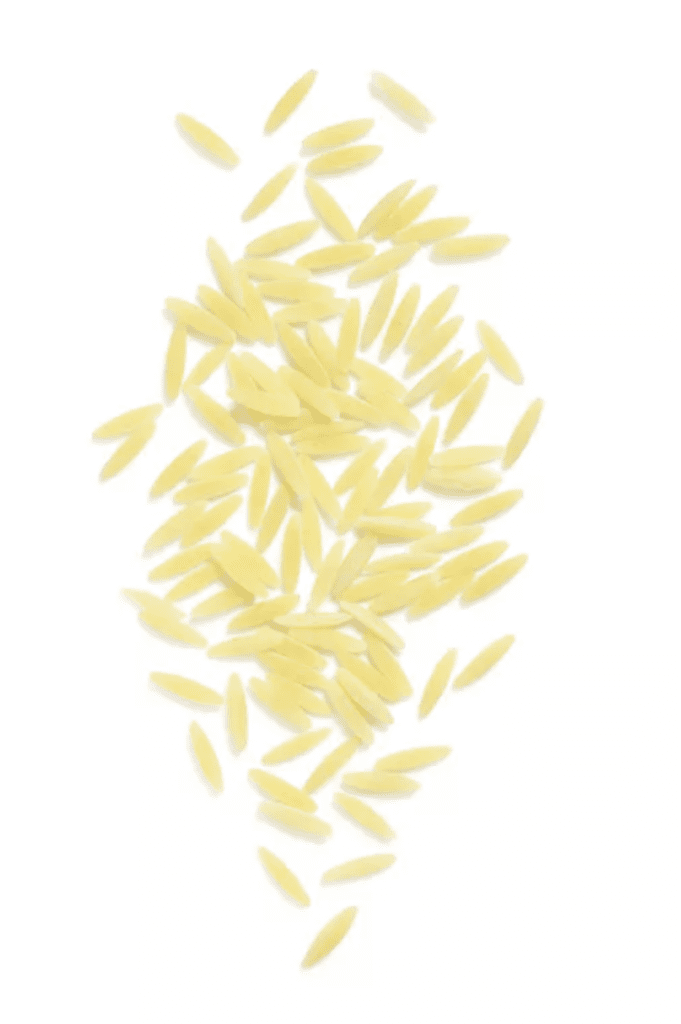
Orzo
This pasta takes the shape of rice or barley, from which it gets its name. It’s classified as pastina or “little pasta,” a category of very small pasta.
Cooking time: for Orzo 9 to 11 minutes
Orzo is Best for: Salads, soups
Ideal sauces for Orzo: Light tomato, olive oil, vinaigrette
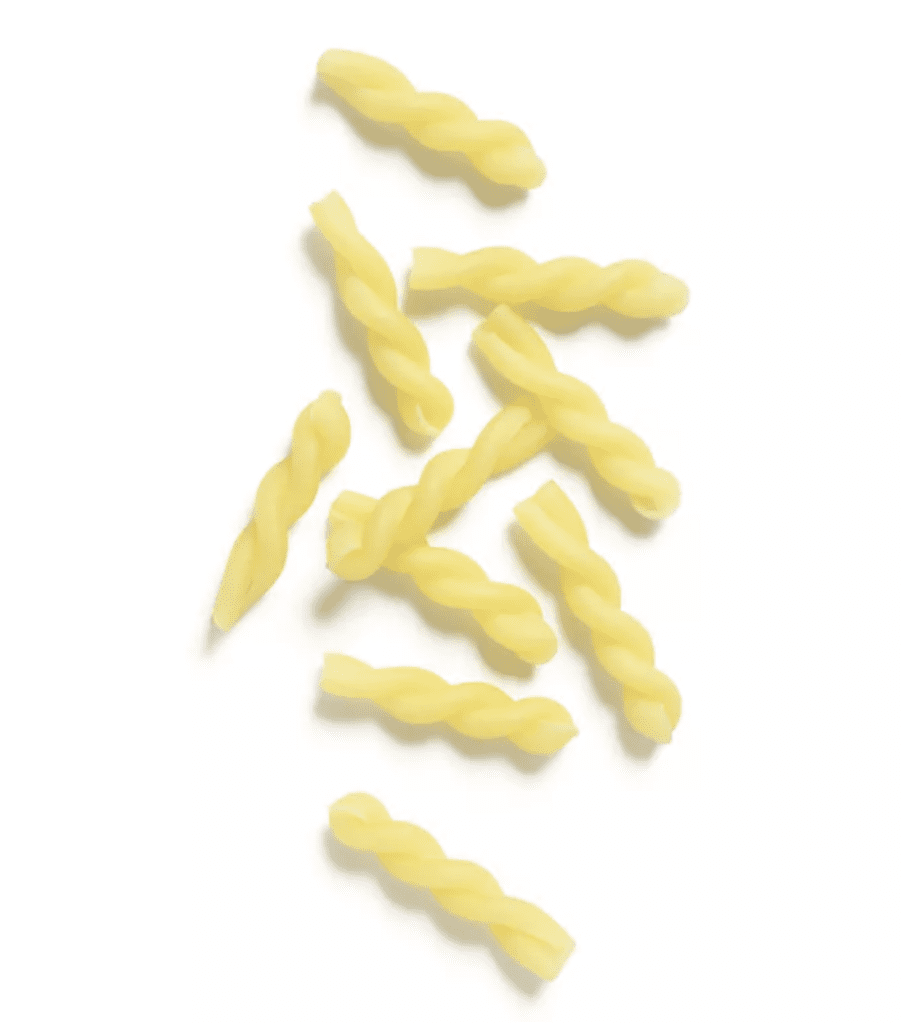
Most Popular Pasta Noodles – Gemelli
Gemelli is the word for “twins,” which aptly describes this pasta that looks like two thick noodle strands twisted together.
You’ll most likely find it in a casserole or a pasta salad.
Cooking time for Gemelli: 12 to 13 minutes
Gemelli is Best for: Oil-based sauces that can drizzle down the strands
Ideal sauces for Gemelli: Light tomato sauces, dairy-based sauces, or oil-based sauces
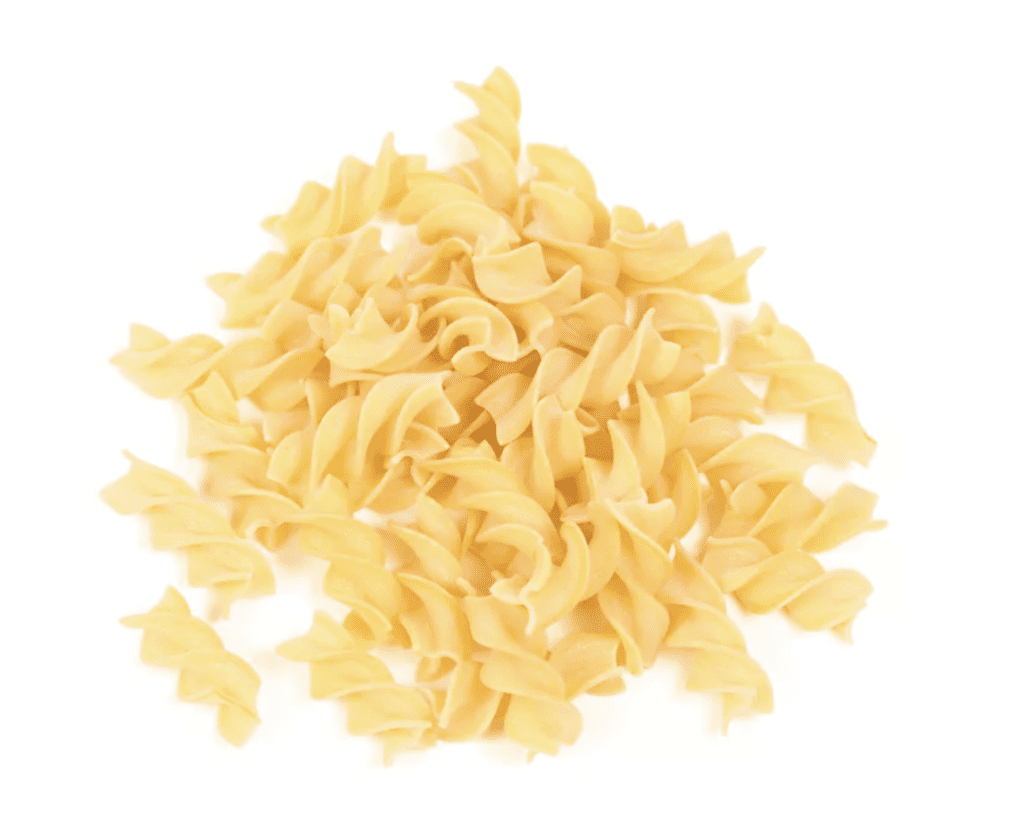
Fusilli and Rotini
Both twisty, 1½-inch long noodles, fusilli and rotini are essentially interchangeable as far as recipes go, but there are subtle differences between the two:
Fusilli, which translates to “little spindles,” is made by twisting strands of pasta into a spring-like shape.
Rotini, which means “twists” or “spirals,” is extruded into tighter twists.
Cooking time for Fusilli and Rotini: 8 to 10 minutes
Fusilli and Rotini is Best for: Baked dishes, salads
Ideal sauces for Fusilli and Rotini: Tomato, pesto, seafood
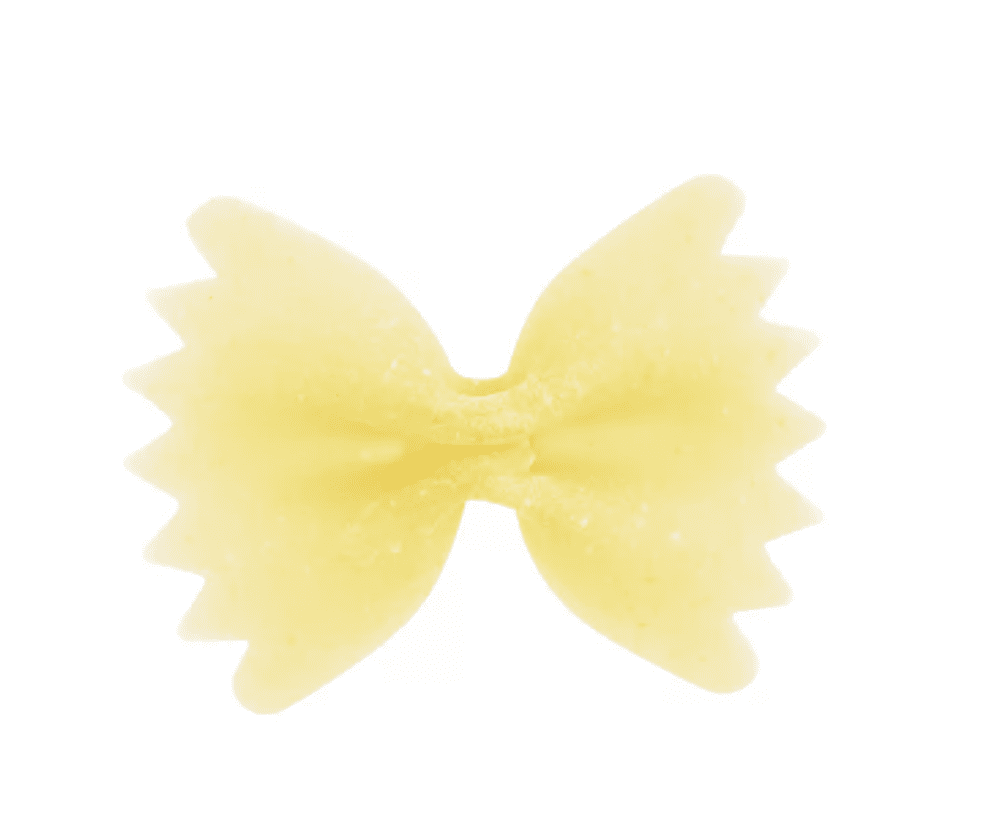
Most Popular Pasta Noodles – Farfalle or Bow Ties
In Italian, farfalle (pronounced far-FAH-lee), which means “butterflies,” are pinched in the middle to look like bow ties.
A larger variation is known as farfalloni, while the miniature version is called farfalline.
Cooking time for Farfalle or Bow Ties: 10 to 12 minutes
Farfalle or Bow Ties are Best for: Tossing with sauce, salads
Ideal sauces for Farfalle or Bow Ties: Cheese, olive oil, butter
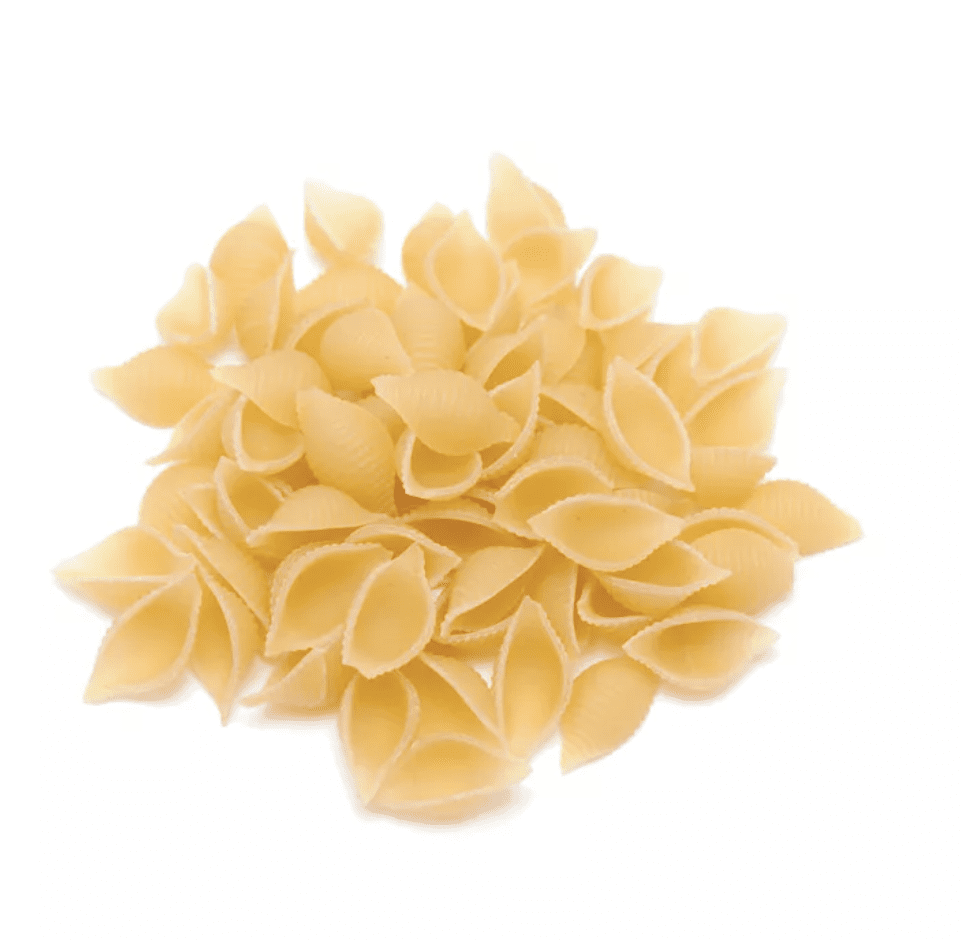
Shells or Conchiglie
Most of us refer to conchiglie (pronounced kon-KEEL-yay) as its English translation, which is “shells” or “seashells.”
This pasta’s shape creates a cavity that’s conducive to clinging sauce.
Cooking time for Shells or Conchiglie: 10 to 12 minutes
Shells or Conchiglie is Best for: Baked dishes, salads
Ideal sauces for Shells or Conchiglie: Tomato, meat, vegetable, cream, cheese, vinaigrette

Most Popular Pasta Noodles – Orecchiette
This distinctive form of pasta originated in the “heel” of Italy’s boot and can be challenging to make by hand.
Orecchiette (pronounced oh-reck-ee-ET-tay) are small concave disk shapes that look like little ears, which is exactly what this pasta’s name translates to.
Cooking time for Orecchiette: 10 to 12 minutes
Orecchiette is Best for: Tossing with sauce
Ideal sauces for Orecchiette: Meat, cream, seafood

Jumbo Shells
These large shell-shaped noodles have a ridged exterior and a big, open cavity that practically begs to be stuffed.
They’re sometimes referred to by their Italian name, conchiglioni (pronounced kon-KEEL-yoni), which means—you guessed it—”large shells.”
Cooking Time for Jumbo Shells: 11 to 13 minutes
Jumbo Shells are Best for: Stuffing, baked dishes
Ideal sauces for Jumbo Shells: Tomato, cream
Most Popular Pasta Noodles
Pastas are divided into two broad categories: dried (Italian: pasta secca) and fresh (Italian: pasta fresca).
Most dried pasta is produced commercially via an extrusion process, although it can be produced at home.
Fresh pasta is traditionally produced by hand, sometimes with the aid of simple machines
Fresh pastas available in grocery stores are produced commercially by large-scale machines.
Both dried and fresh pastas come in a number of shapes and varieties, with 310 specific forms known by over 1,300 documented names.
In Italy, the names of specific pasta shapes or types often vary by locale.
For example, the pasta form cavatelli is known by 28 different names depending upon the town and region.
Common forms of pasta include long and short shapes, tubes, flat shapes or sheets, miniature shapes for soup, those meant to be filled or stuffed, and specialty or decorative shapes.
As a category in Italian cuisine, both fresh and dried pastas are classically used in one of three kinds of prepared dishes: as pasta asciutta (or pastasciutta), cooked pasta is plated and served with a complementary sauce or condiment; a second classification of pasta dishes is pasta in brodo, in which the pasta is part of a soup-type dish.
A third category is pasta al forno, in which the pasta is incorporated into a dish that is subsequently baked in the oven.
Pasta dishes are generally simple, but individual dishes vary in preparation.
Some pasta dishes are served as a small first course or for light lunches, such as pasta salads.
Other dishes may be portioned larger and used for dinner. Pasta sauces similarly may vary in taste, color and texture.

